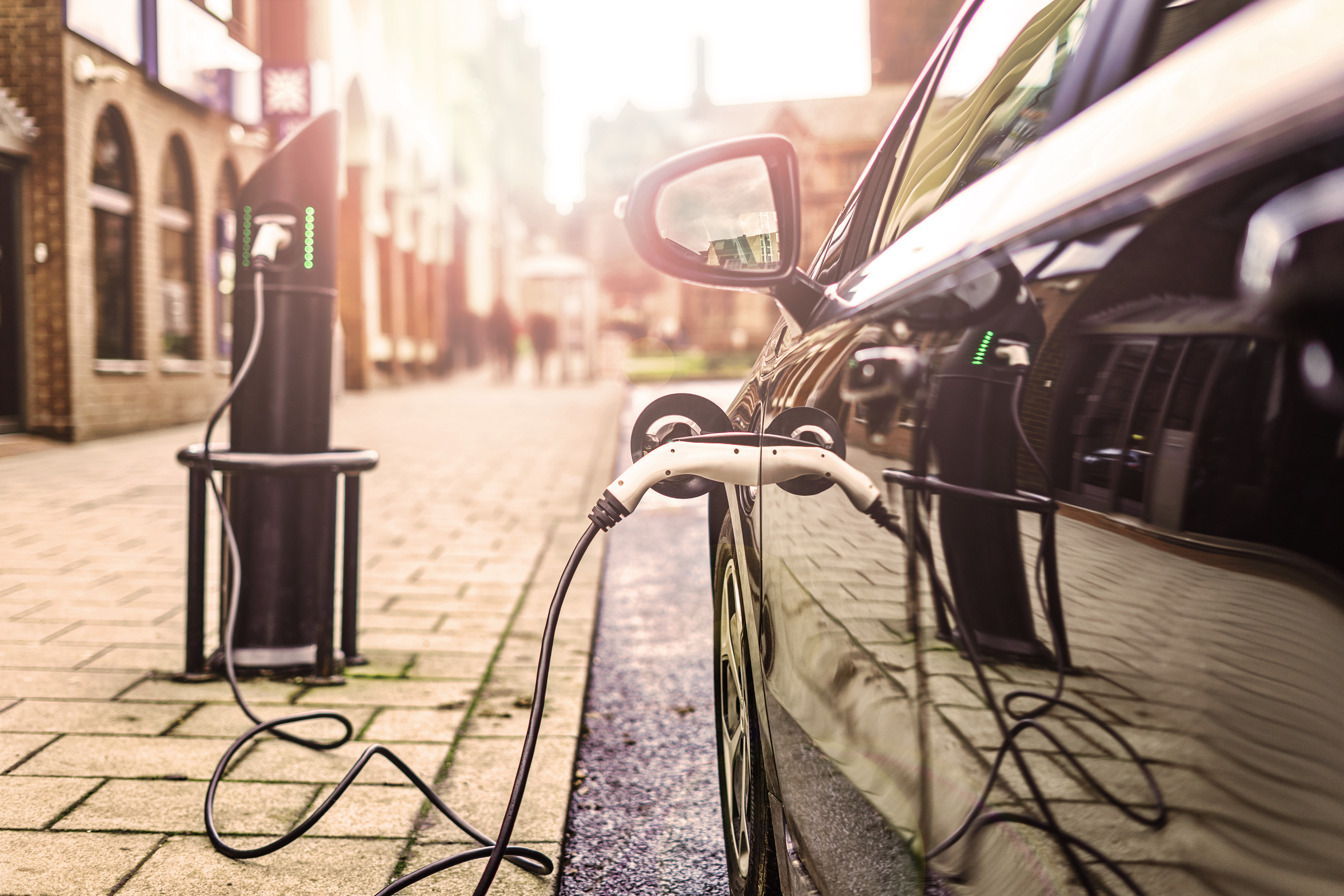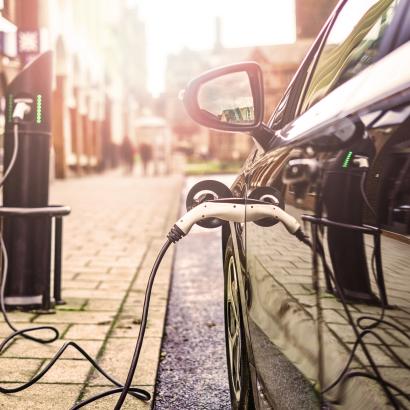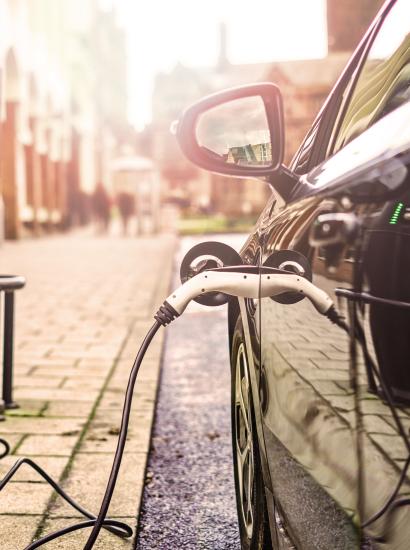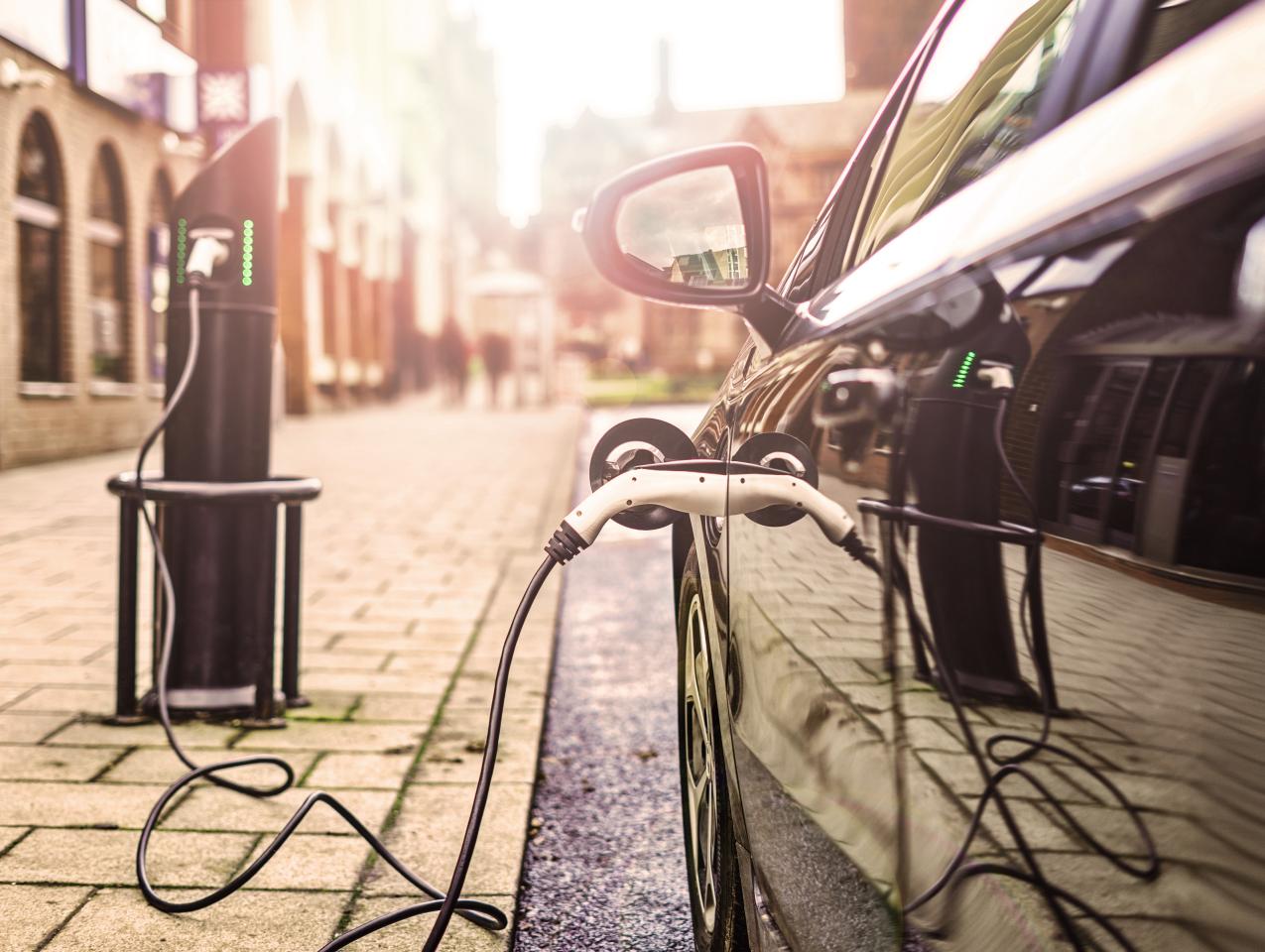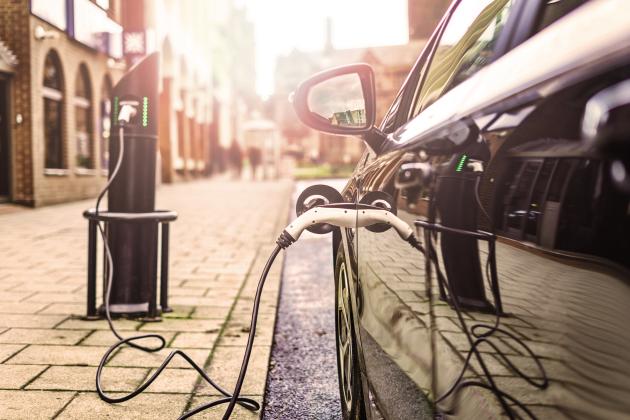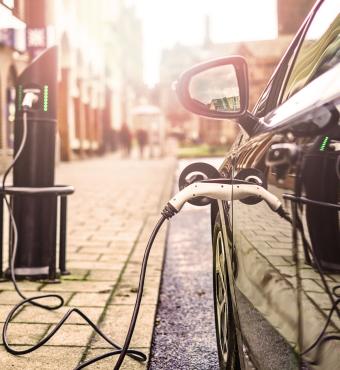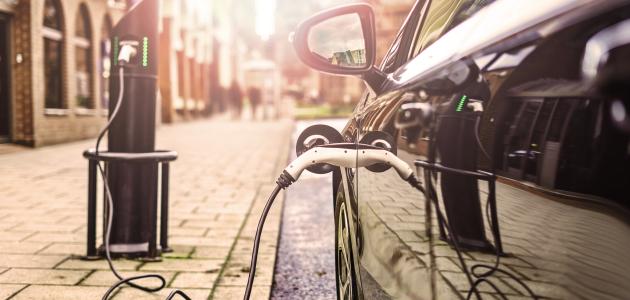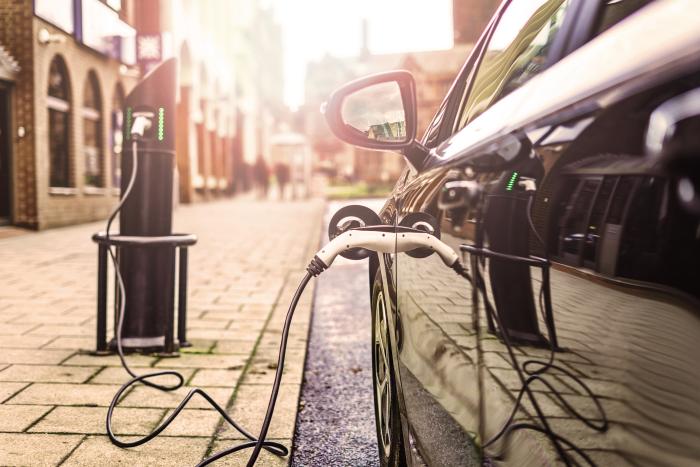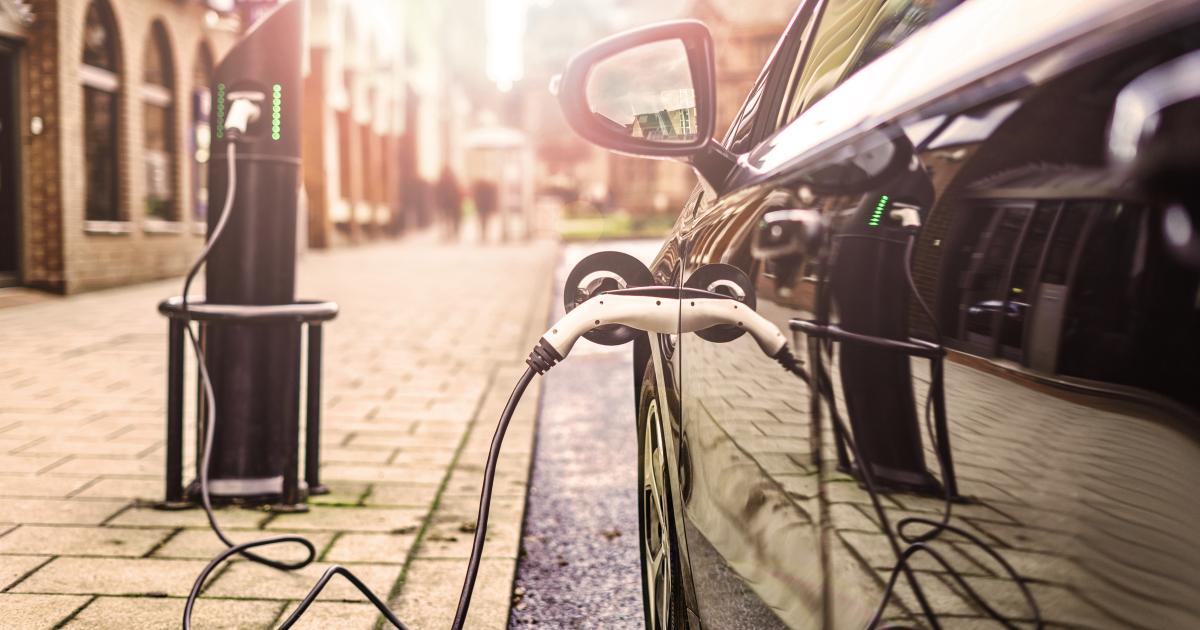- Energy & Environment
“Everyone has a plan,” the great American boxer Mike Tyson once quipped, “that is, until you get punched in the face.”
Saudi Arabia, as the world knows by now, has a plan. In fact, the Saudi Vision 2030, unveiled in dramatic fashion in April 2016 with a roll-out similar to the launch of a new iPhone, has become one of the most well-known national transformation plans in the world. It has become almost a by-word for the changes dawning in the Kingdom, and the calling card for the reformist credentials of the Crown Prince Mohammad bin Salman.
The plan envisions a Saudi Arabia less reliant on oil, with more efficient government, sophisticated global investments, and driven by its stated ambition to become a trade hub for three continents. The Vision -- and the general policy thrust around it -- also includes significant reforms to education, healthcare, infrastructure, and the recreation and entertainment sector.
The plan has rightly been hailed as forward-looking, necessary, and a refreshing departure for a Kingdom all too resistant to the structural changes required to thrive in the 21st century. Of course, questions abound concerning the capacity to implement such an ambitious plan, but the larger question may be the one that Mike Tyson posed: where will the punches come from? And how will those punches be absorbed?
Big Oil vs the Electric Car Revolution
To understand one of the longer-term punches, it may be helpful to hop on a bus in Shenzen, China, the modest fishing village of the 1980s that has today been transformed into a global tech hub and a thriving urban metropolis of some 12 million people. The bus will feel quieter than your usual urban transport vehicle, though not any less crowded. That quiet hum owes to the fact that the Shenzen bus -- along with more than 16,000 others across the municipality -- is not your typical gas-guzzling, smoke-belching people mover. Shenzen has an all-electric bus fleet, a barometer for what is to come worldwide.
In fact, according to Bloomberg New Energy Finance, electric buses will account for more than half the total fleet worldwide by 2025 and will account for some 85% of new sales by the year 2030. China, the greatest source for new oil demand over the past decade, will lead this electrification charge.
As for electric cars, Bloomberg New Energy Finance suggests that by the year 2025, they will become cheaper than their internal combustion engine counterparts, mostly due to the rapid fall in the price of batteries. And by 2030, 30 million electric cars will be sold, accounting for 28% of new sales, and 60 million sold by 2040.
What’s more, the internal combustion engine is becoming more fuel efficient every year, driven by strict regulatory requirements from Brussels to Beijing. In addition, ride-hailing services from Ola in India to Didi in China to Uber worldwide are eroding car sales.
Given the fact that about a quarter of global oil production is used by autos, these trends exert downward pressure on oil demand - a subject that should capture the attention of policy-makers in Riyadh.
Peak Demand and the End of Oil?
This downward pressure has prompted debates around Peak demand for oil, supplanting the debates of a few years ago around Peak oil (supply). Now, the question is no longer the abundance of fossil fuels, but rather the abundance of demand.
Estimates vary across the major multinational energy players and independent agencies, but the most aggressive estimates suggest that demand may peak in the mid to late 2020s, then gradually decline, but the world will still be producing and guzzling more than 100 million barrels per day. Rising middle classes in Asia will still need more and more of the products that oil lubricates: airplane travel, petrochemicals, plastics, to name only a few.
In these scenarios we are not, as some might suggest, headed for the “End of Oil” - a nightmare scenario for Saudi Arabia and other major producers. Saudi Arabia derives some 90% of its export earnings from the petroleum sector, which also accounts for almost half of its GDP. Crown Prince Mohammad bin Salman was right when he told Al-Arabiya television that, “We have developed a case of oil addiction in Saudi Arabia.”
While the End of Oil scenario may not be afoot, we are headed for a period of energy transition. The Norwegian energy giant Statoil and the Anglo-Dutch Royal Dutch Shell seem to be the most alarmist about Peak demand, suggesting that we are headed in that direction by either 2025 or 2030. Saudi Aramco, the national oil company, does not take the idea seriously. “I am not losing any sleep over peak demand,” its CEO, Amin Nasser, said recently.
The Mike Tyson Scenario
But not so fast. If you listen to award-winning author and clean energy disruption specialist Tony Seba, we may be headed for a more radical shift -- that punch is coming.
He argues that conventional forecasts of electric vehicle adoption fail to capture what he calls the S-Curve nature of the disruption we are facing. Like televisions, refrigerators, and mobile phones, the adopters and buyers move the chart up at a gradual pace over time until a sudden rise skyrockets the product up in an almost straight line.
That straight line is the disruption, and Seba sees it headed our way in the electric vehicle market sooner than most traditional forecasters. Seba argues that “we are on the cusp of one of the fastest, deepest, most consequential disruptions of transportation in history,” and that, by 2030, “95% of U.S. passenger miles traveled will be served by on-demand autonomous electric vehicles owned by fleets, not individuals.”
This disruption “will have enormous implications across the transportation and oil industries, decimating entire portions of their value chains, causing oil demand and prices to plummet, and destroying trillions of dollars in investor value — but also creating trillions of dollars in new business opportunities, consumer surplus and GDP growth.”
While Seba’s vision clashes with conventional forecasters, it is worth noting that conventional forecasters, with their linear forecasts, rarely get the S-curve explosions right in any industry. This is a message that Saudi Arabia should heed. For all of its talk of diversification, Saudi Arabia is still heavily reliant on oil to meet its budgetary needs and to fuel its private sector.
Global bankers have already gotten part of Seba’s message. Financing for renewables projects are much more likely to be approved than the kind of long-term financing needed for large, conventional mega oil exploration projects, according to a new study by Goldman Sachs. Governments across the world -- from India to the United Kingdom -- are lining up behind the electric vehicle revolution, offering generous subsidies to buyers and deadlines for the elimination of all new sales of traditional cars.
Ironically, the sentiment surrounding the coming electric vehicle revolution and renewable energy can actually bolster oil prices over the next two decades, Goldman notes, calling this era the “Age of Restraint.” After all, the restraint on investment in new traditional oil exploration means that markets need not fear oversupply. This will boost Saudi coffers and put some wind in the sails of the Saudi Crown Prince.
This means that Saudi Arabia has at least a decade to shore itself up for what disruptions may come, and it also underscores the importance of the Vision 2030 plan to begin with. The IMF warned in a recent note that the government should “resist the temptation to re-expand government spending in line with higher oil prices.”
The Saudi Crown Prince and Moore’s Law vs Mike Tyson’s Law
Gordon Moore, the founder of Intel, got it right more than fifty years ago when he predicted that computer processing power would roughly double every two years. That forecast presaged the technology and information revolution upon us: a supercomputer (a smart phone) in half the world’s pocket and growing, unprecedented connectivity from rural Africa to urban Asia, industrial automation reshaping manufacturing, the dawn of the electric vehicle, and the Fourth Industrial Revolution driven by artificial intelligence, data, and robotics about to be unleashed on the world.
Much has been made of the relative youth of the Saudi Crown Prince, but the stability that comes with knowing who will be the man on top for possibly the next four or five decades can be leveraged for the kind of long-term strategic planning needed in facing the seismic disruptions coming our way.
One way for Saudi Arabia to “hedge” a future disruption would be to double down on its copper mining investments in the Kingdom and worldwide. For the electric vehicle revolution to become a reality, the world will need a lot of copper -- an essential ingredient in electric batteries.
Saudi Arabia’s national mining company, Ma’aden, is engaged in a joint venture with Barrick Gold of Canada, to mine copper in the Kingdom. Last year, the venture produced 43 million pounds of copper, and the mine is estimated to hold 626 million pounds of proven and probable copper reserves. This will not get Saudi Arabia anywhere near the copper heights of countries like Chile or Australia, but future global investments in copper and other metals essential for batteries should give the Kingdom an opportunity to participate in the electric car revolution.
The combination of Mike Tyson’s Law -- the punches will come despite the best-laid plans - and Moore’s Law on computing means that changes that disrupt entire industries often come gradually, and then all of a sudden.
This returns us to the essential logic of the Vision 2030 plan. It’s one thing, however, to lay out a smart plan, but entirely another to deliver it. The ultimate test of Crown Prince Mohammad bin Salman will be delivering on the structural transformation of Saudi Arabia inherent in the plan, while navigating the punches that will inevitably come.







